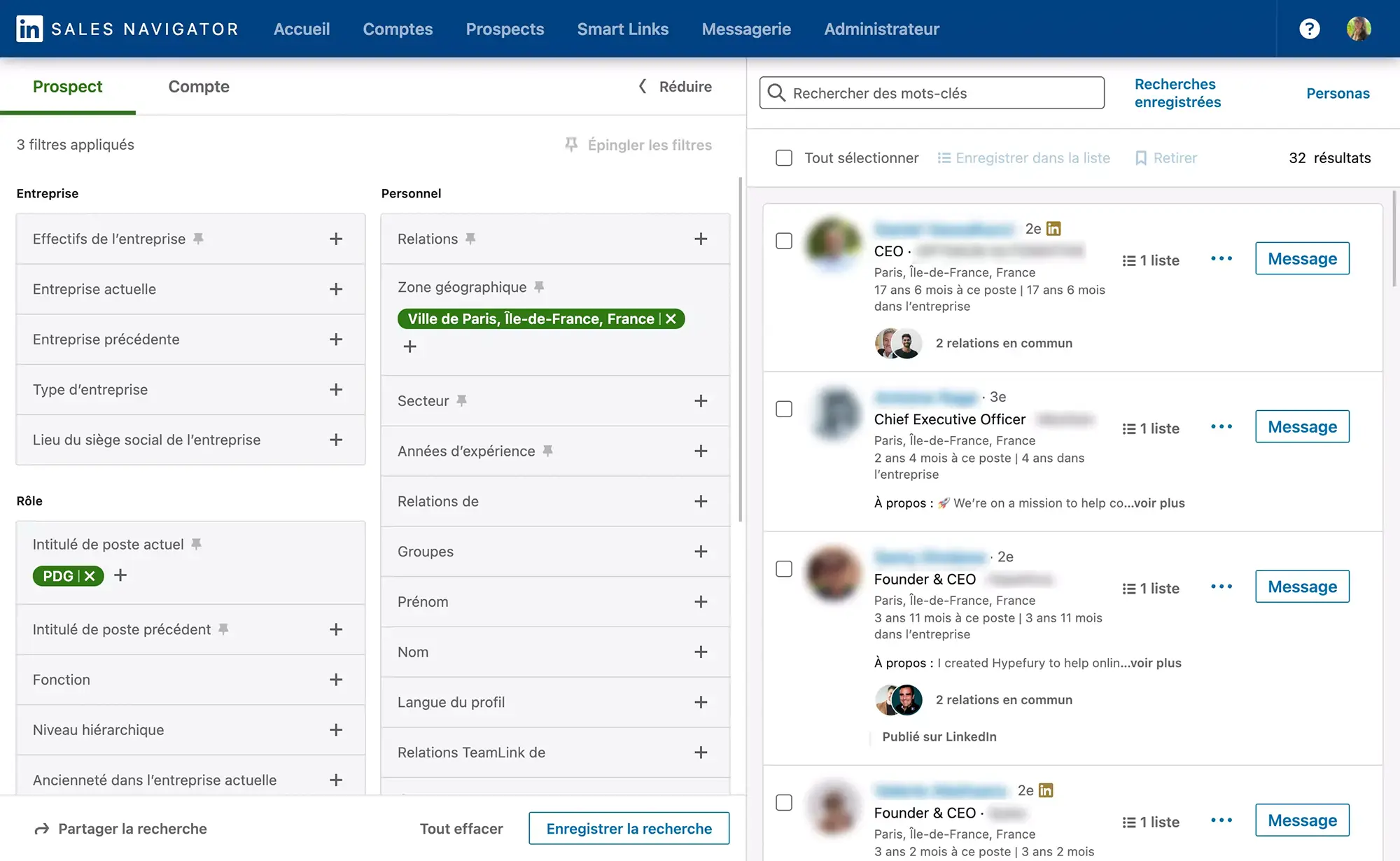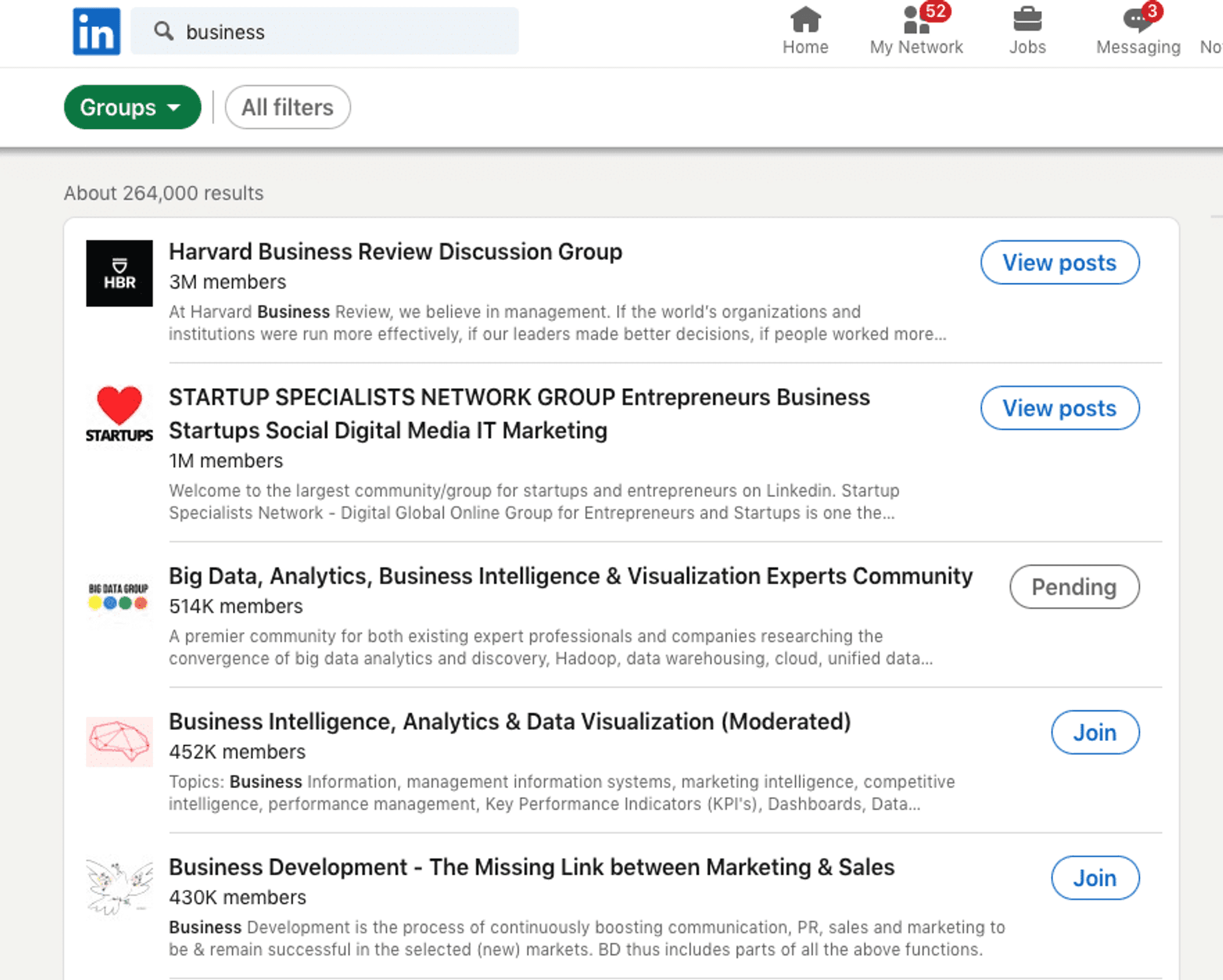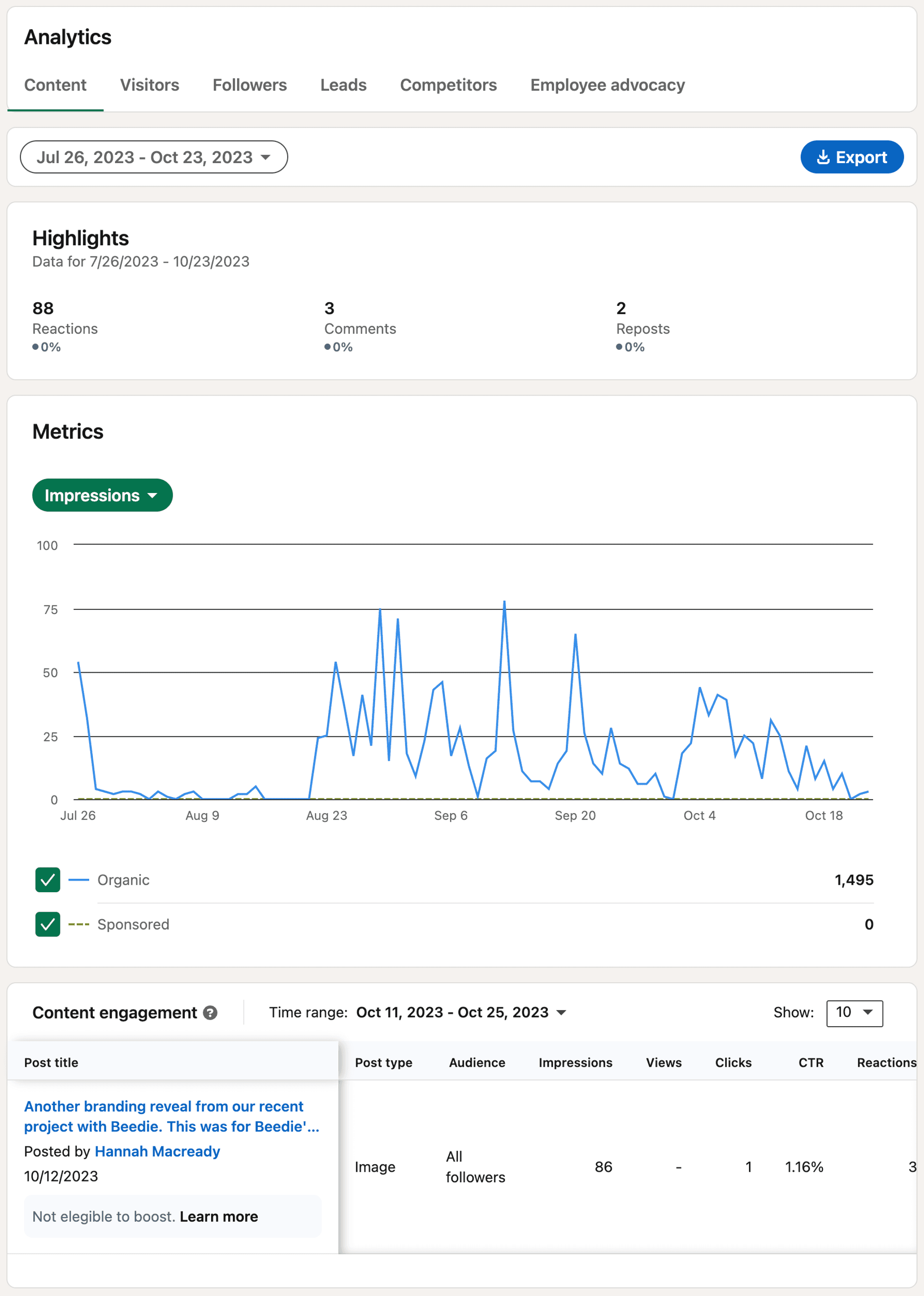
Sales Navigator: Target customers effectively, gain insights for personalized campaigns.
Company Pages: Analyze competitors, industry trends, benchmark performance effectively.
LinkedIn Groups: Engage, gather feedback, validate ideas within niche communities.
LinkedIn Polls: Gather quick feedback, gauge sentiment, increase engagement.
LinkedIn Analytics: Track performance, measure effectiveness, identify trends for optimization.
Market Research Tools: Utilize LinkedIn features for informed business decisions.
Conclusion: LinkedIn aids startups in comprehensive market research for success.
Market research is absolutely essential for startups, irrespective of their size. It lays the foundation for making informed and effective decisions. Despite being utilized by millions of entrepreneurs worldwide, LinkedIn remains an underutilized tool for conducting market research.
In our comprehensive blog post, we dive into the significance of leveraging LinkedIn for market research, providing you with invaluable tools.
LinkedIn Sales Navigator

LinkedIn Sales Navigator is a powerful tool for building your personal brand and finding leads for your startup. To make the most of it, create a strong profile and start networking actively.
Sales Navigator helps you manage repetitive tasks like messaging, follow-ups, and profile visits efficiently. By automating these tasks, you can focus on more productive activities, such as creating valuable content and engaging with your network. This way, you can build your brand and connect with potential leads more effectively.
Identify Target Audience:
Use Sales Navigator to search for your ideal customers based on industry, job title, company size, and location.
Create and save lists of potential customers or partners.
Analyze Competitors:
Look up competitors to see their connections and followers.
Analyze their content and engagement to understand what resonates with their audience.
Understand Industry Trends:
Follow industry leaders and influencers to stay updated on trends and insights.
Join relevant LinkedIn Groups where your target audience is active and participate in discussions.
Gather Customer Insights:
Send personalized messages to potential customers asking for their opinions on your product or service.
Use the information gathered to refine your value proposition and product offerings.
Monitor Job Changes and Company Growth:
Keep track of key personnel changes and company expansions within your target market.
Use this information to identify new opportunities or shifts in the market.
Engage with Content:
Regularly post and share valuable content related to your industry to position yourself as a thought leader.
Engage with posts from your target audience to build relationships and gather insights.
Utilize Advanced Search Filters:
Take advantage of Sales Navigator’s advanced search filters to pinpoint specific market segments.
Save these searches to monitor changes and updates within your target market.
Track and Measure Engagement:
Use Sales Navigator’s analytics to track how your content and interactions are performing.
Adjust your strategy based on engagement metrics to improve your outreach and market research efforts.
LinkedIn Company Pages

LinkedIn Company Pages are valuable sources of information for startups looking to research their competitors and industry peers. Startups can investigate competitor Company Pages to gather valuable insights into their products, services, marketing tactics, and company culture. By studying these pages, startups can pinpoint market gaps, discover new opportunities, and compare their own performance with that of industry leaders. Furthermore, LinkedIn Company Pages can be utilized by startups to track industry trends, news, and updates from prominent figures in their field. Keeping up with the latest industry developments allows startups to adjust their strategies and maintain a competitive edge.
LinkedIn Groups

Even though you can't join LinkedIn groups as your company page, they can still be useful for research through your personal profile. If you run LinkedIn groups relevant to your business or industry, you can create polls to gather insights.
If you're not an admin, you can still engage by asking questions and seeking opinions using standard post tools. For example, ask group members about their preferred solutions for common problems or their favorite brands. You can also ask open-ended questions about their biggest challenges or the solutions they wish existed.
LinkedIn Polls

Engagement on your LinkedIn content can provide valuable insights into your audience's thoughts. However, to gather meaningful data, it's essential to ask specific questions.
LinkedIn's Poll tool is a great way to do this. It allows your audience to choose from up to four responses, making data collection easier.
You can use LinkedIn polls to:
Measure demand for new products or updates
Assess audience familiarity with your offerings
Understand use cases and user types
Gather feedback on your brand
To create a poll, simply click to add one when creating a post on your company page. Provide up to four response options and set a duration before publishing the poll.
When the poll ends, review the results. LinkedIn shows the number and percentage of votes for each response and how each participant answered. These insights can help guide your product development, content strategy, and other marketing efforts.
Linkedln Analytics

Your marketing team should know the types of prospects your organization wants to attract to its LinkedIn pages. Usually, your organization’s buyer persona can guide your team’s content strategy.
But reality doesn't always match intentions. So who actually follows and engages with your company page? LinkedIn offers analytics to help you see if you’re attracting ideal customers and identify new audience segments worth pursuing.
To access this data, go to your company page and click the Analytics drop-down, then select Visitors or Followers. Here’s what you can learn:
LinkedIn Company Page Visitor Analytics
Visitor Insights: See the number of views, unique visitors, and button clicks. Compare current metrics to previous periods.
Device Usage: Note if visitors prefer desktop or mobile, and adjust your content accordingly.
Visitor Demographics: Check if your visitors match your buyer persona by toggling between job functions, seniority levels, industries, and more.
Keep in mind, some visitors may have found your page irrelevant, so the data might not reflect your core audience.
LinkedIn Company Page Follower Analytics
Follower Insights: See your total number of followers and new followers over a selected period. Examine data from different time periods to identify trends and patterns.
Follower Trends: Utilize the follower chart to observe patterns and differentiate between sponsored and organic growth.
Follower Demographics: Toggle between company size, location, and other metrics to see how closely followers match your ideal customer profile.
Consider what this data means for your business. For example, if your followers' seniority level is lower than your target, your content might be too basic, or you may have found an untapped customer segment.
Conclusion
By using tools such as LinkedIn Sales Navigator, Company Pages, Groups, Polls, and Analytics, startups can gather valuable data and insights to inform their marketing strategies, identify opportunities, and drive business growth. Startups should take advantage of these tools to conduct comprehensive market research and make informed decisions that will help them succeed in today's competitive business landscape.
In summary, LinkedIn provides startups with a robust platform for conducting market research and gaining valuable insights into their target audience, industry trends, and competitive environment. Start implementing these steps today to unlock the full potential of LinkedIn for your startup's market research efforts.
Enjoy reading post?
Follow me on :



